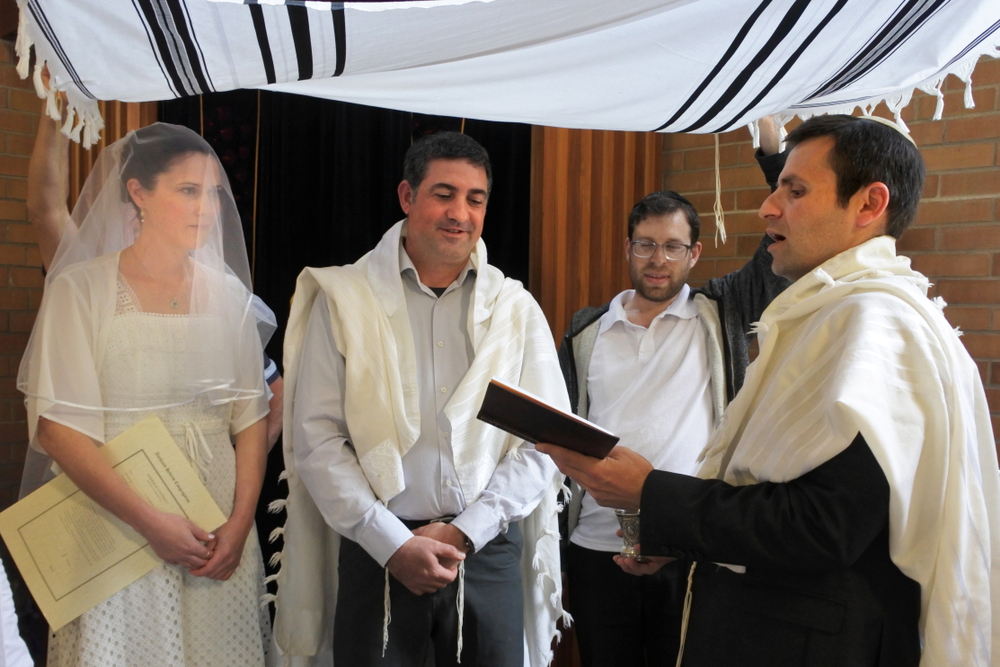SOCIETY – What it means to be a Jew today

“Is the Jewish population in the world and in major countries increasing or decreasing? Over time, are Jews becoming more or less religious? Are they more united or more divided along ideological, political, and religious lines? Are they increasingly integrated and assimilated into the societies they live in, or are they becoming more isolated? Are they more accepted by their surrounding environment or facing more challenges and discrimination?” The latest essay by Italian-Israeli demographer and statistician Sergio Della Pergola, Essere ebrei oggi. Continuità e trasformazioni di un’identità (Being Jewish today: continuity and transformations of an identity), published by Il Mulino, begins with these five questions.
Professor Della Pergola, a professor emoritus at the Hebrew University of Jerusalem, addresses them using data, surveys, and graphs. “My aim is to clarify the complexities of the Jewish world,” he explained to Pagine Ebraiche. He also seeks to combat prejudices against Jews and, to some extent, antisemitism with knowledge. “What is not well known tends to become obscure, creating a sense of insecurity, embarrassment, and, ultimately, hostility,” reads the book. In it, Della Pergola specifically examines Italy, where Jewish presence dates back over 2000 years. Despite such a long history, he observes that “for many Italians, Jews are still a mystery.”
The essay starts with a brief history of the Jewish people, exploring the origins of the term “Jews,” their connection to Israel, the meaning of the Diaspora, and the demographics of the Jewish population over the centuries. One striking statistic is that, over 80 years since the Holocaust, Judaism has not regained its pre-Holocaust population level. Today, there are fewer than 16 million Jews globally, compared to 16.5 million before World War II. While Europe once housed the largest Jewish communities, today the primary centers are Israel and the United States: two worlds often in contrast, from which key ideas and trends emerge.
Regarding the Jewish identity, Della Pergola explains how “religion plays an important but not dominant role. This is true particularly in Israel, which is sometimes critically designated as a theocratic society.” Instead, memory—primarily of the Holocaust—prevails in Jewish identification within major global communities. This memory supersedes national and religious characteristics, highlighting a critical aspect: “the memory of an event that represents absolute negativity, rather than a manifestation of positive religious or other values.” This, he suggests, could be seen as a “factor of fragility for the entire system,” as over time and across generations, the historical fact of the Holocaust is inevitably destined to fade.
On the other hand, over the past decade, antisemitism and animosity towards Israel have sparked a widespread “reconsideration of belonging to a transnational Jewish collective.” As a reaction, there is a growing reinforcement of the idea of belonging to a singular people among communities and individuals.
In navigating challenges, trends, and principles of identification, Della Pergola stressed that the future of Judaism hinges largely on the concept of a creative community “capable of nurturing and transmitting its cultural identity and demographic momentum independently of external circumstances.”
